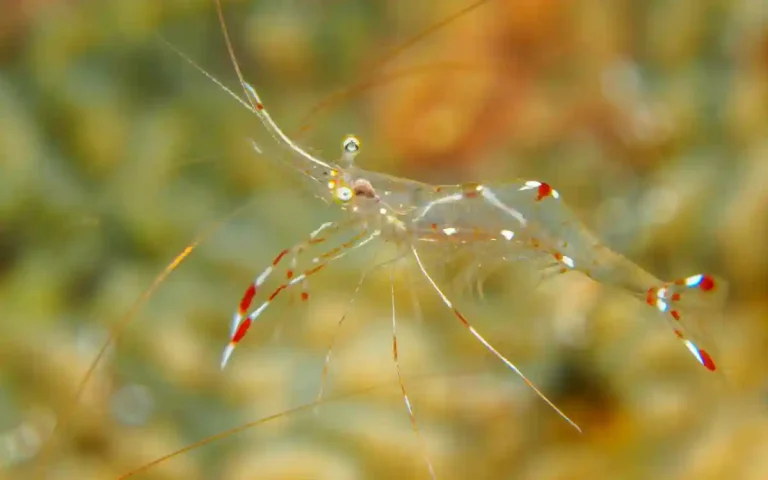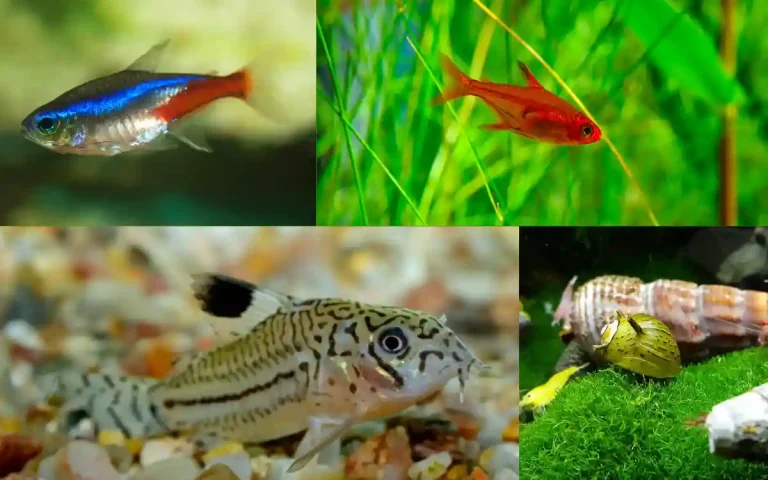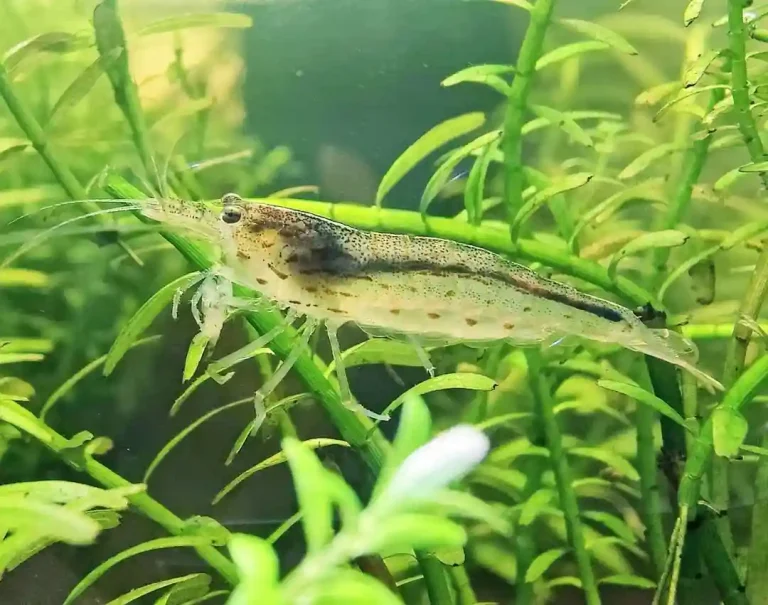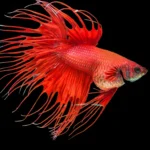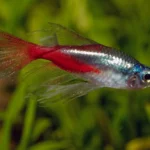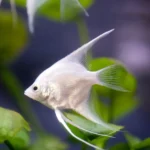Sulawesi shrimp need warm, alkaline water with stable GH, KH, and low TDS to stay healthy. The ideal range is 77–88°F temperature, pH 7.5–8.5, GH 6–8 dGH, KH 3–8 dKH, and TDS between 120–140 ppm. Keeping these levels stable is key to success in Sulawesi shrimp care.
Why Water Parameters Matter for Sulawesi Shrimp
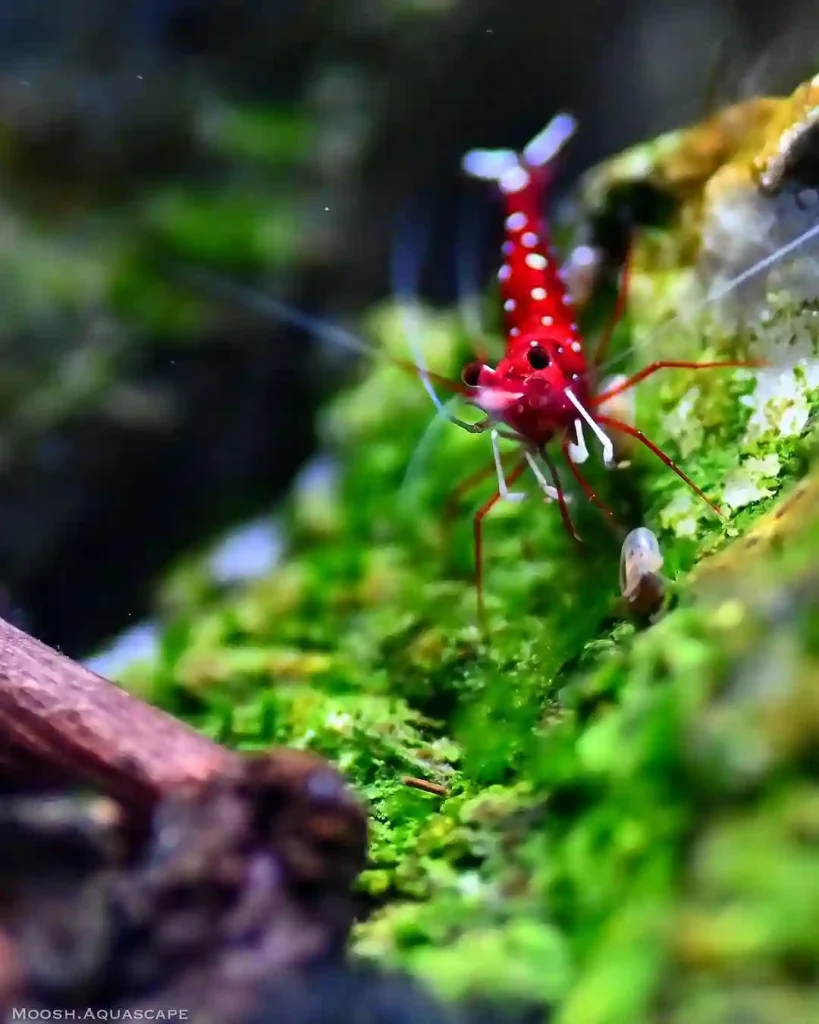
Sulawesi shrimp (Caridina species) are prized for their vivid colors and rarity, but they’re not your average beginner shrimp. Originating from the ancient lakes of Sulawesi, Indonesia, these shrimp have adapted to very specific and stable water conditions. To thrive in your aquarium, they need water that mimics their natural environment closely.
Unlike hardier shrimp like Cherry or Amano shrimp, Sulawesi shrimp are sensitive to even minor shifts in water quality. Poor water parameters often lead to failed molts, stress, and sudden deaths. If you want a healthy and active colony, the water chemistry must be just right—and stay that way.
This guide will walk you through the exact conditions they need, how to maintain them, and common mistakes to avoid.
Temperature: Keep It Tropical and Stable
Sulawesi shrimp need warm water—anything cooler can weaken their immune system and slow down metabolism. A consistent range between 77°F and 88°F is ideal, with many keepers aiming for the sweet spot around 80°F.
Sudden dips or spikes in temperature are dangerous. Use a reliable heater with a built-in thermostat, and add a thermometer to catch changes early. Avoid placing your tank near windows or vents, as natural light and drafts can mess with stability.
pH: Slightly Alkaline for Comfort
These shrimp naturally live in alkaline waters. A pH range between 7.5 and 8.5 supports their molting cycle and keeps them stress-free. Dropping below 7 can cause shell problems, while rising too high may interfere with breeding.
To raise pH, many aquarists use crushed coral, aragonite, or commercial mineral products. Avoid anything that lowers pH like peat moss or driftwood. It’s better to keep the pH stable within the ideal range than to chase a perfect number.
GH (General Hardness): For Strong Shells and Molts
General hardness measures calcium and magnesium, both critical for healthy molting. Sulawesi shrimp need a GH between 6 and 8 dGH. If your water is too soft, shrimp may suffer from failed molts or develop weak exoskeletons.
Use remineralizers designed for shrimp tanks, such as Salty Shrimp Sulawesi Mineral 8.5, especially if you’re using RO or distilled water. These provide the exact mineral balance your shrimp need. Always test GH weekly and adjust slowly—sudden spikes can cause stress.
KH (Carbonate Hardness): Buffer Your pH
Carbonate hardness, or KH, helps maintain stable pH by buffering against changes. For Sulawesi shrimp, a KH range between 3 and 8 dKH works best. When KH is too low, pH can swing dangerously. When it’s too high, your water may become too alkaline or hold onto pH shifts longer than you’d like.
KH can be adjusted using products like baking soda or crushed coral, but always dose gradually and test often. Using a Sulawesi-specific mineral mix is the safest option, as it balances both GH and KH together.
TDS (Total Dissolved Solids): Keep It in Check
TDS reflects the total concentration of dissolved substances—minerals, salts, waste, and more. A healthy Sulawesi shrimp tank should have TDS between 120 and 140 ppm. Anything lower can lead to mineral deficiencies, while higher levels may signal buildup from overfeeding, evaporation, or dirty water.
Use a TDS meter to monitor weekly. When TDS creeps up, a 10–15% water change with remineralized RO water usually brings it back down. Avoid large water changes that can shock your shrimp by swinging parameters too quickly.
Maintain Clean, Stable Water
Beyond just hitting the right numbers, consistency is everything. Even small amounts of ammonia or nitrite can be deadly. Make sure your filter is established before adding shrimp, and check for:
- 0 ppm ammonia and nitrite
- <10 ppm nitrate
Weekly water changes (10–15%) with pre-treated, parameter-matched water are a must. A sponge filter or a gentle canister with a pre-filter sponge is ideal, as strong flow can stress shrimp and suck up babies.
Clean filter media in old tank water—not under the tap—to preserve beneficial bacteria.
Acclimation: Don’t Rush This Step
Sulawesi shrimp don’t tolerate sudden changes well. Whether you’re moving them from another tank or after shipment, use a slow drip acclimation method over 2–3 hours. Quick dips into new water almost always end in losses.
Set up a drip line and add a few drops per second of your tank water to their bag or container. Gradually match temperature, pH, and TDS. This slow transition lets their body chemistry adapt safely.
Tank Mates: Keep It Peaceful
Sulawesi shrimp do best in species-only tanks. Most fish, even small ones, will stress them out or compete for food. Stick to tank mates like:
- Sulawesi snails
- Malaysian trumpet snails
- Nerite snails (if compatible with pH)
Aggressive or large species—even other shrimp types—can be dangerous in this sensitive setup.
Plant and Hardscape Tips
Low-tech plants like Java moss, Subwassertang, and Anubias help create biofilm and offer hiding spots. Use rocks and caves to provide shelter, which reduces stress and supports molting. Floating plants like Amazon Frogbit are great for shade and extra biofilm.
Avoid substrates or decorations that release tannins, as these can lower pH and KH over time.
Common Problems and Solutions
If your shrimp are dying suddenly, turning pale, or having molting issues, water parameters are usually the culprit.
| Problem | Likely Cause | Solution |
| Sudden deaths | Ammonia/nitrite spike | Test water, do partial water change |
| Failed molts | Low GH or instability | Recheck mineral levels, stabilize |
| Faded color | Stress or poor diet | Improve water, offer better food |
| Racing/swimming erratically | pH or TDS shock | Test and stabilize immediately |
Final Thoughts
Sulawesi shrimp are some of the most rewarding shrimp to keep, but they’re not for the casual hobbyist. They demand stable water conditions and careful attention to detail. If you’re ready to commit, the payoff is stunning colors, peaceful behavior, and the satisfaction of maintaining one of the most unique shrimp species in the hobby.
Start with the right tools RO water, proper remineralizers, test kits and create a stable, peaceful environment. Stick to slow changes, clean routines, and consistent water checks.

